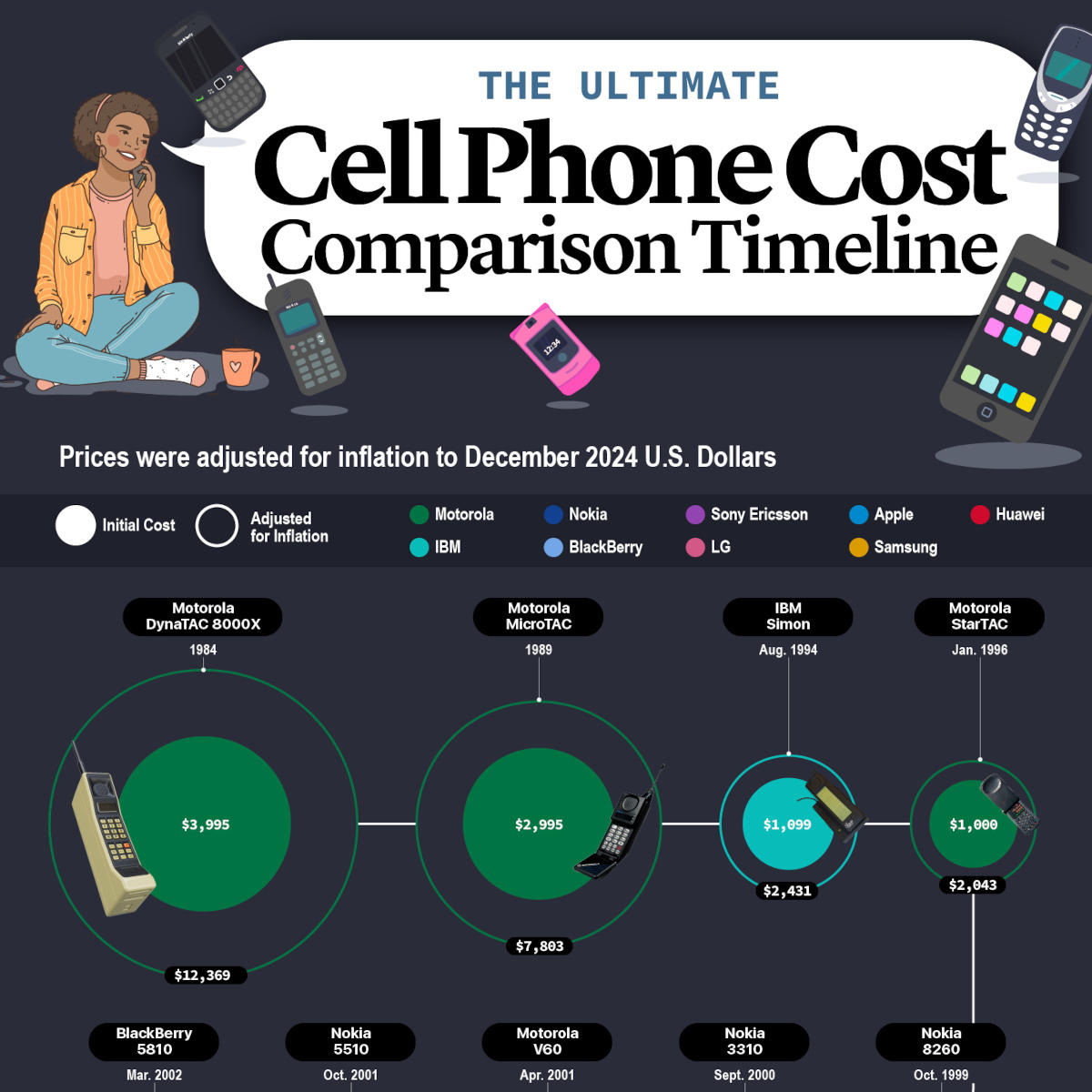Telecommunications history: broadcasting

Broadcasting is the electronic dissemination of information to the public in an audio or video format. It’s a relatively recent innovation in human history, having been made possible only in the early 1900s. Through broadcasting, people can both educate and entertain.
The advent of radio broadcasting
In 1893, inventor Nikola Tesla gave the first public demonstration of radio technology in St. Louis, touching off a new era in communication. Experimentation and refinements eventually led up to the broadcast of the first radio program, which took place in 1906. On Christmas Eve, Reginald Aubrey Fessenden broadcast two pieces of music, a short talk and the reading of a poem from his station in Brant Rock, Massachusetts, and his program could be heard aboard ships hundreds of miles offshore. Many others followed in his footsteps, starting their own experimental radio stations. Among these was David Sarnoff, the future head of the Radio Corporation of America (RCA), who envisioned a day when a radio would be a “household utility,” similar to a piano or phonograph.
Sarnoff’s vision would become reality, and as the sales of radio receivers boomed, so did the establishment of new radio stations. The first commercial station was Pittsburgh’s KDKA, which began broadcasting on Nov. 2, 1920—election day. People could hear that President Warren G. Harding had won before reading about it in the newspaper! Within four years of that first broadcast, the number of U.S. radio stations ballooned to 600.
Growth and regulation
RCA began setting up a radio network in 1926, buying New York’s WEAF to use as the flagship for the new venture, which it dubbed the National Broadcasting Company. The first would be called NBC’s “red network” focusing on music and entertainment and a second, with WJZ as the flagship of the “blue network” that focused on news.
Congress stepped in to regulate this industry in 1927, passing the Radio Act, which established the Federal Radio Commission (FRC), and gave it the responsibility of distributing radio wavelengths to broadcasters. In 1934, the FRC was replaced by the Federal Communications Commission (FCC). The FCC also had the authority to take action against companies that had too much power over the radio industry. NBC, under pressure from the FCC, sold the blue network in 1943 to Edward J. Noble, who changed the blue network’s name to the American Broadcasting Company (ABC) in 1945.
From airwaves to screens
A Scottish engineer named John Baird was the first to demonstrate the technology to send images over distances using wires, showing his work to scientists in London in 1926. However, an electronic system with no moving parts was much more practical, and the first to demonstrate a fully functional electronic television was American Philo Farnsworth in 1928.
The world’s first television station, W2XB (later WRGB), was set up in 1928, broadcasting from the General Electric facility in Schenectady, New York. However, broadcasts were experimental at first, with no public programming. The British Broadcasting Corporation would become the first to offer regular public programming in what was then called “high-definition television,” doing so in 1936. The first major American television networks were soon to follow, with NBC and the Columbia Broadcasting System beginning television broadcasts in 1939. The number of American networks reached 23 before the burgeoning industry was stalled by World War II. The number of TV sets in use reached 1 million by 1949. More than half of U.S. homes in 1955 had a TV set and by the end of the ’50s, TV replaced radio as the primary source of entertainment.
Connecting the world
The first satellites brought the ability to broadcast television programming between continents. The first experimental broadcasts, using the Telstar communications satellite, took place in 1962, sending signals from Maine to France. The signals could only be received for around 15 minutes, the amount of time that the satellite was in sight of both the sending and receiving stations. This problem would be remedied by using satellites positioned in a geostationary orbit, meaning that they would stay in a fixed position relative to the ground. The first public international broadcast using this capability took place on October 10, 1964, when Americans were able to watch the opening of the Olympics live from Tokyo.
Over the course of the 1960s and 1970s, color television became widely available, and by the 1980s, color TV sets had replaced black-and-white ones in most homes. Meanwhile, receiving television broadcasts over the air had begun to wane in popularity, as cable television became common. With cable TV, a clear signal could be delivered anywhere a cable line could reach, regardless of the terrain or the weather conditions. By the late 1980s, cable TV was in more than half the U.S. households, while the audience share of NBC, ABC and CBS was 61 percent and trending downward.
Broadcasting today
Today, both radio and television broadcasting continue to evolve to meet the needs of audiences. Radio has found success in offering niche programming, as well as commercial-free satellite radio services. Television has expanded to offer many more channels and better picture quality. And both types of broadcasting have also moved into the digital age, leading to the rise of podcasting and streaming services.
Further reading
- The Development of Radio
- Evolution of Radio Broadcasting
- History of Commercial Radio
- The Lore Behind Call Signs
- Television Network Development: The Early Years
- How BBC Television First Went Live
- History of Television News in America
- The Origins of America’s First TV Networks
- Satellites and the First Live Global TV Broadcast
- Technological Innovations at the 1964 Tokyo Olympics
- From the Moon to Your Living Room: The Apollo 11 Broadcast
- Color TV Transformed the Way Americans Saw the World
- The Rise and Fall of Cable Television
- Enterprise Communications Solutions
- Pay Your Respects to Radio, the Ancestor of Podcasting
- The Consumer Electronics Hall of Fame: SiriusXM Satellite Radio



